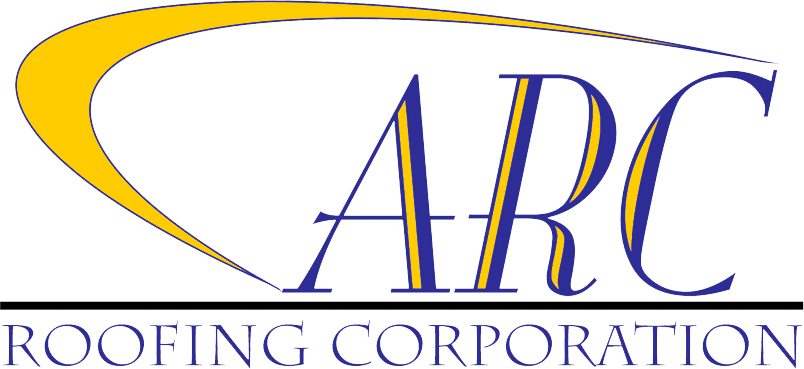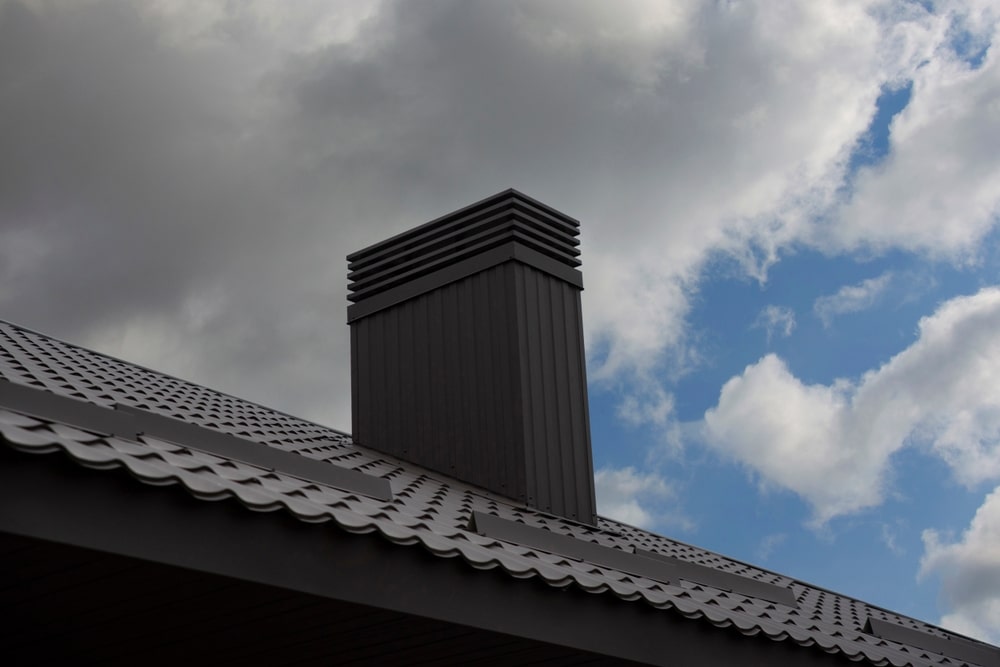Metal roofs are renowned for their strength and ability to withstand the elements. But how much wind can they truly handle?
Metal roofs can withstand winds well over 90 miles per hour, with some reaching up to 140-180 mph depending on the type of metal and installation. They are known for their superior wind resistance compared to other roofing materials.
Metal Roofs: Engineered for Wind
Unlike traditional roofs with shingles that can easily tear off, metal roofs are built as a complete system. They feature interlocking panels, often with standing seams, securely fastened to endure wind uplift.
The type of metal used and the construction style also play a role. Corrugated metal roofs, for example, have a strong profile ideal for turbulent weather.
Metal roofs are rigorously tested against wind resistance standards, ensuring they can handle high-speed winds. Factors like building location, height, and fastener type all influence a metal roof’s windproofing capabilities.
In hurricane-prone regions, metal roofs become even more crucial. They act as a shield against debris and hail, making them the preferred choice for areas susceptible to severe wind events.
Benefits of Metal Roofing in High Winds
Metal roofs boast a superior strength-to-weight ratio, making them champions against strong winds. Their design, with long metal sheets stretching from the ridgeline to the eaves, offers fewer opportunities for wind to penetrate compared to traditional roofs. This translates to significant advantages, especially in hurricane zones.
Properly designed metal roofs not only withstand strong winds but can also lead to reduced insurance premiums, particularly in hail-prone areas. Additionally, metal roofs have the potential to last for decades, potentially reducing long-term costs compared to frequently replacing asphalt shingles.
Types of Metal Roofing and Wind Resistance
Metal roofs come in various styles and materials, each with its own advantages and aesthetic appeal. Here’s a closer look at some popular types of metal roofing systems:
- Standing Seam:
- Description: Featuring interlocking panels with vertical seams that rise above the panel surface, standing seam roofs offer a sleek and modern look. The concealed fasteners contribute to their clean lines and superior wind resistance.
- Material: Typically made from steel, aluminum, or zinc.
- Benefits: Excellent wind resistance, low maintenance, long lifespan, fire-resistant, various colors available.
- Drawbacks: Can be more expensive than other metal roof options, requires specialized installation.
- Corrugated Metal:
- Description: Corrugated metal panels have a wavy or ribbed profile that provides added strength and a rustic aesthetic. They are a popular choice for agricultural buildings, garages, and sheds.
- Material: Often made from galvanized steel or aluminum for affordability and corrosion resistance.
- Benefits: Cost-effective, lightweight, easy to install, durable, good for moderate wind zones.
- Drawbacks: Exposed fasteners can be visually busy, may not be suitable for all architectural styles.
- Metal Shingles:
- Description: Mimicking the look of traditional shingles but crafted from metal, these offer a classic appearance with the benefits of metal roofing. They come in various styles, including slate, shake, and shingle profiles.
- Material: Typically made from aluminum or steel for a lightweight and long-lasting option.
- Benefits: Easy to install, mimics traditional aesthetics, good for moderate wind zones, lightweight.
- Drawbacks: Can be more expensive than corrugated metal, may not be as wind-resistant as standing seam roofs.
- Metal Tiles:
- Description: Metal tiles offer the look of natural materials like clay or concrete tiles, but with the advantages of metal. They are available in a variety of styles and colors to complement different architectural styles.
- Material: Usually made from aluminum or steel for a lightweight and durable option.
- Benefits: Adds a touch of elegance, replicates the look of other materials, good for moderate wind zones, easy to install.
- Drawbacks: Can be more expensive than some other metal roof options, may not be as wind-resistant as standing seam roofs.
- Copper:
- Description: Copper roofs offer a timeless and luxurious aesthetic. They develop a beautiful patina over time, transitioning from a bright copper color to a greenish-brown hue.
- Material: Solid copper sheets.
- Benefits: Extremely long lifespan, naturally resistant to corrosion, beautiful patina development, excellent fire resistance.
- Drawbacks: Most expensive metal roofing option, requires experienced installation, may not be suitable for all budgets or architectural styles.
When choosing a metal roofing system, consider factors like your budget, desired aesthetics, local wind codes, and roof pitch.
Installation and Fasteners: Crucial Considerations for High Winds
Precision is key when it comes to engineering and installing metal roofs in high-wind areas. A metal roof’s ability to withstand forceful winds relies on a unified system where every component, from decking to sealant, works together to resist the elements.
Fasteners are particularly important. Screws are generally preferred over nails due to their superior grip. Strategic placement of fasteners, with closer spacing, is essential for bolstering wind resistance.
Choosing the right contractor is critical. Look for experience with high-wind installations, proper licensing and insurance specific to metal roofing, and their plan to meet local wind uplift standards. A reputable contractor will provide a robust warranty for peace of mind.
Key points to remember for high-wind installations:
- Use fasteners designed for roofing material and weather challenges.
- Ensure close fastener spacing for tighter wind resistance.
- Verify contractor experience with high-wind installations.
- Check for proper licensing, insurance, and warranty offerings.
By choosing the right materials, meticulous installation, and an experienced contractor, you can ensure your metal roof will weather any storm.
Metal Roofs: Standing Tall Against the Wind
Metal roofs’ performance in high winds is truly impressive. They are designed to withstand wind-driven rain, deflect hail, and resist flying debris.
Their ability to dissipate energy and remain unyielding under pressure translates to minimal maintenance needs. This inherent wind resistance makes metal roofs a paragon of performance in high-wind environments.
Ensuring Maximum Protection and Longevity for Your Metal Roof
To maximize the durability and longevity of your metal roof in high-wind areas, adherence to local building codes and manufacturer’s instructions is essential.
These guidelines serve as a roadmap for fortifying your roof against the onslaught of storms.
Here are some key factors to consider:
- Components and accessories: These play a crucial role in strengthening your roof’s defenses.
- Proper installation: This is vital for a steadfast roof.
- Fasteners and clips: These unsung heroes hold the line against strong winds.
- Product warranties: Warranties from manufacturers like Interlock® offer assurances of durability and protection against high winds.
Real-World Examples: Metal Roofs in Action
Metal roofs’ resilience is evident in hurricane-prone areas like the Gulf Coast. Case studies by Gulf Coast Supply show homes with metal roofs frequently outperform those with conventional materials, often requiring minimal post-storm cleanup or replacement.
This is a testament to both the roofs’ durability and the meticulous engineering and installation practices followed by certified professionals.
Hurricane Michael, a catastrophic event in October 2018, serves as a real-world test of metal roofs’ fortitude. Metal roofing systems in Florida demonstrated exceptional wind resistance, while traditional asphalt roofs suffered significant damage.
In regions where severe storms are commonplace, metal roofs offer peace of mind and tangible benefits. Homeowners often enjoy insurance discounts, recognizing that a well-installed metal roof translates to reduced risk and long-term financial savings.
For those living in areas prone to severe weather, a metal roof is not just a choice, it’s an investment in security and protection.






